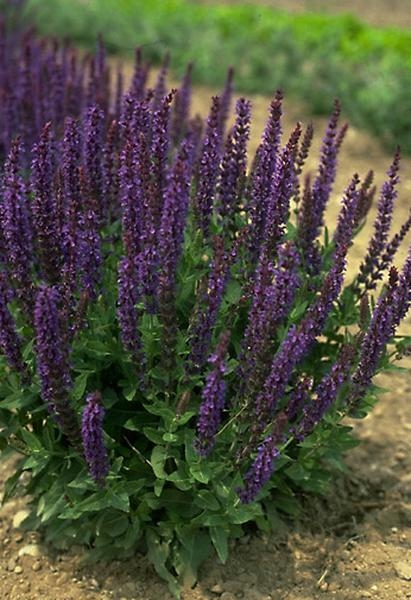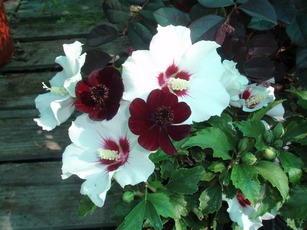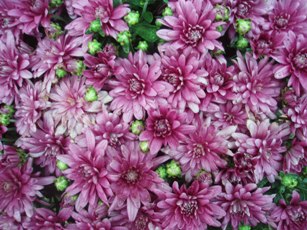We all know fruit is good for us and it tastes so yummy, too. I love it when a plan comes together ! I’m still enjoying juicy, late nectarines, plums and pluots in addition to newly ripening apples and pears. Can persimmons and pomegranates be far behind?
Trees are an essential part of every garden so why not have some that produce something good to eat, too? A large apple or plum can serve as a shade tree if you prune the lower branches so you can walk under it. A dwarf fruit tree would make a good focal point in a garden bed. Consider adding a fruit tree now to your garden. The trees available now are now more mature that those sold bare root in January. Many are already producing fruit.
If you have fruit trees in your garden already, look to add late ripening varieties that can extend your season. Goldmine nectarines ripen in late summer where most other varieties mature earlier in June and July. Their juicy, sweet white flesh has excellent flavor. Needing only 400 hours of chilling in the winter – this refers to the # of hours below 45 degrees during the dormant season – they are good for mild winter areas like Pasatiempo. A great late peach ripening in August is Late Elberta. You’ll love its large, delicious yellow fruit.
And many apples, like my favorite, the Fuji, ripen in the fall. With firm, crunchy white flesh Fuji apples can’t be beat for eating right off the tree. They also keep well and bear in mild winter areas.
So what should you be doing to keep your trees healthy?.jpg)
- Water: A trees network of roots generally extend to the drip line, which is as far as the branches spread from the trunk, so set your sprinkler or soaker hose to cover the entire area.
- Fertilize one last time for the season to replace the potassium and magnesium that have been leached out of the root zone.
- Weed: Young trees especially will benefit from careful weeding around their trunk which can be a hiding place for rodents in the winter. Girdling can be fatal for a tree if the bark is chewed away.
- Clean–up: Practice good sanitation by cleaning up fallen fruit , especially if it has signs of pests and diseases that can come back to haunt you next spring.
It’s too late for light summer pruning and too early for dormant pruning. However, there are a couple of things you can do now before leaves drop. Assess the tree. A main pruning goal is to allow light into the central part of the tree so the lower branches aren’t shaded by those above. Also look for weaker branches, those with fewer leaves or less fruit. You might even put a piece of yarn on those branches to mark them for later pruning.
If you have a fruit tree that is just too large for your space, despite pruning, consider replacing it with a smaller variety. Many types of fruit trees are available in dwarf varieties as well as semi-dwarf. It depends on the root stock. Remember: right tree, right spot.

 is one such plant and blooms summer through fall if spent stems are removed. Their intense violet-blue flower spikes cover plants 18" tall s
is one such plant and blooms summer through fall if spent stems are removed. Their intense violet-blue flower spikes cover plants 18" tall s.jpg) preading 2-3 ft wide. They look great in wide swaths across the garden or along the border of a path and attract hummingbirds, butterflies, and bees. Walkers Low catmint is another perennial that keeps going and growing. This vigorous spreading member of the mint family blooms profusely with little spikes of 1/2" periwinkle blue flowers from late spring through fall. Catmints are easy to care for. Shear plants back by half at the beginning of the season and after flowers fade. They are drought tolerant, too.
preading 2-3 ft wide. They look great in wide swaths across the garden or along the border of a path and attract hummingbirds, butterflies, and bees. Walkers Low catmint is another perennial that keeps going and growing. This vigorous spreading member of the mint family blooms profusely with little spikes of 1/2" periwinkle blue flowers from late spring through fall. Catmints are easy to care for. Shear plants back by half at the beginning of the season and after flowers fade. They are drought tolerant, too.

